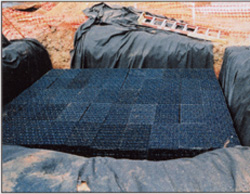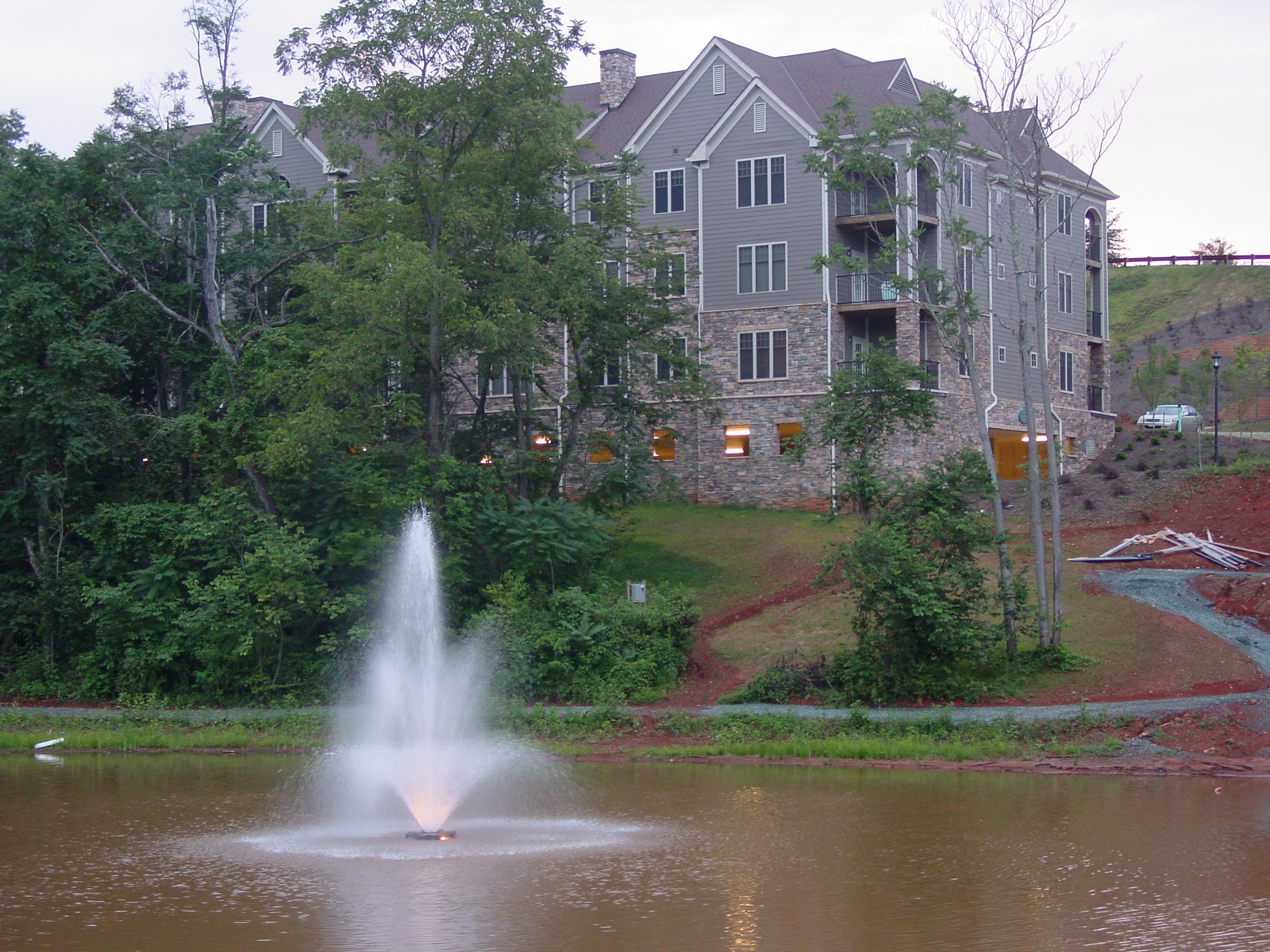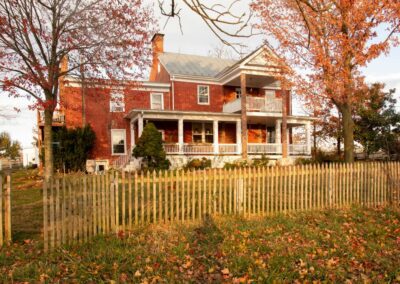Low Impact Development (LID) is an approach to site planning the is holistic looking at a building context and Best Management Practices (BMP) to replicate the natural patterns of the site. LID captures rainwater, recycling it to use on-site or slowly letting it recharge the groundwater system. This process filters pollutants through the use of natural vegetation. Here are some technologies used in the LID design:
 Vegetated Roof – A ‘green roof’ absorbs heat from the sun, holds rainwater, and filters it.
Vegetated Roof – A ‘green roof’ absorbs heat from the sun, holds rainwater, and filters it.- Rain Garden – A vegetated swale, bioretention pond, or raingarden is a mechanism used to slow stormwater flor and allow it to infiltrate rather than just letting it run off.
- Pervious Pavement – Asphalt, concrete, or pavers that allows water to pass through instead of run off the site.
- Rainwater Harvesting System – captures rainwater in a tank for use in irrigation, grey water systems, or car washing.
 LID also is an approach to how a site is designed including plant selections, slopes, and soils. This approach to design of a site creates a healthy ecosystem as well as protects surrounding watersheds.
LID also is an approach to how a site is designed including plant selections, slopes, and soils. This approach to design of a site creates a healthy ecosystem as well as protects surrounding watersheds.





